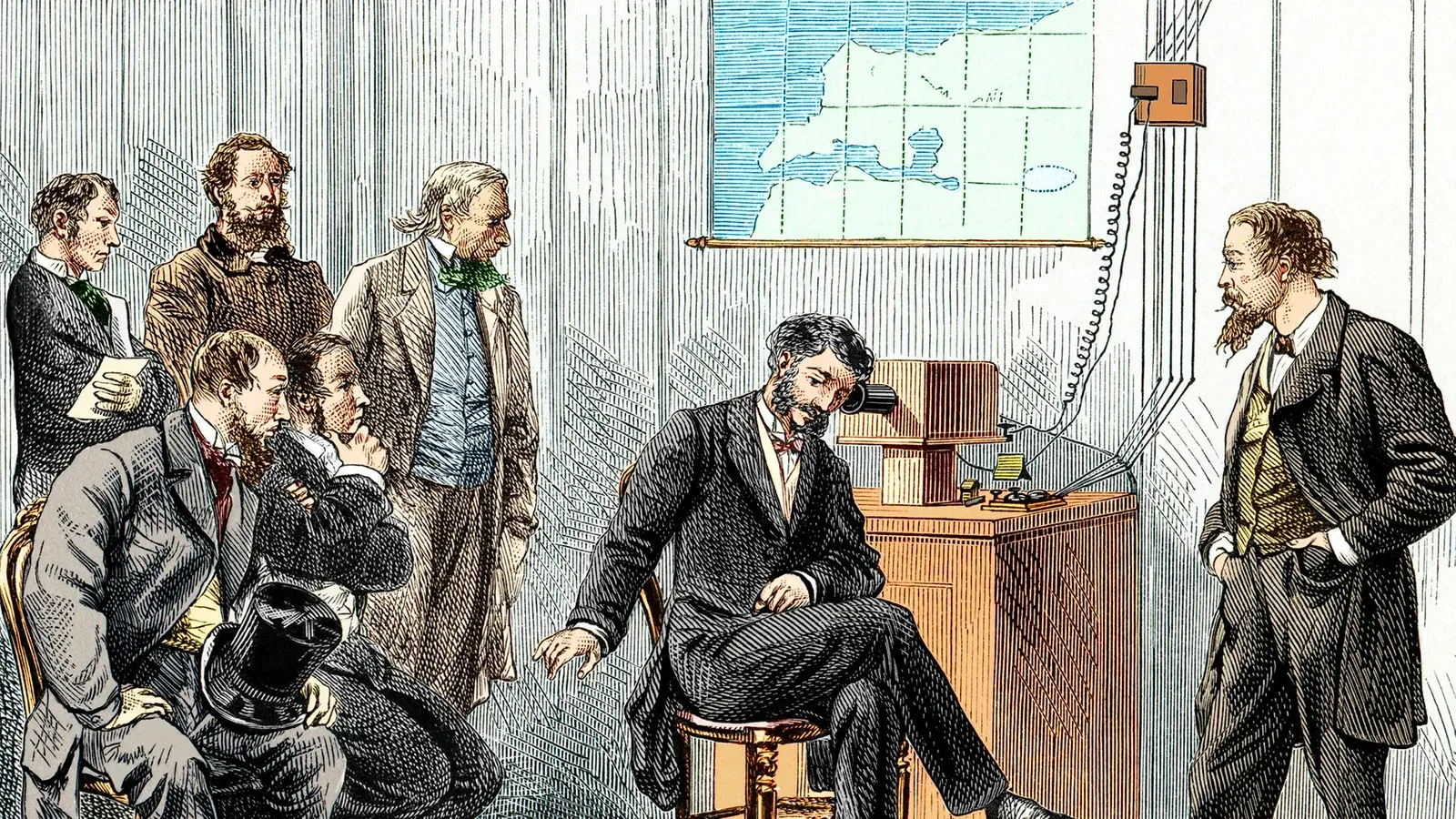The Past: Humble Beginnings
The dream of machines understanding human speech has been around for decades. The initial efforts in this direction can be traced back to the mid-20th century.
Bell Labs and Audrey
In the 1950s, Bell Laboratories introduced "Audrey," a system that could recognize spoken numbers. Although its vocabulary was limited, it marked the beginning of machine-based speech recognition.
IBM's Shoebox
Jumping to the 1960s, IBM showcased the "Shoebox" at the 1962 World's Fair. This device recognized 16 English words and was a significant step in voice-operated calculators and digit recognition.
DARPA’s Role
The Defense Advanced Research Projects Agency (DARPA) made substantial investments in speech recognition during the 1970s, resulting in technologies capable of recognizing nearly a thousand words, albeit in constrained scenarios.
The Present: Pervasive and Personalized
The boom in computational power, paired with vast amounts of data and advanced algorithms, led to rapid advancements in the 21st century.
Modern Voice Assistants
Today, platforms like Google Assistant, Siri, and Alexa have become integral parts of our daily lives. They help us set reminders, play music, provide weather updates, and even control smart home devices, all powered by advanced speech recognition algorithms.
Beyond Consumer Tech
It's not just about personal assistants. Speech recognition has meaningful applications in diverse sectors like healthcare, where it assists in transcribing medical records, or in the automotive industry, enabling hands-free commands and safer driving experiences.
The Power of Deep Learning
Recent breakthroughs owe much to deep learning, a subset of machine learning. Neural networks, especially recurrent and convolutional ones, can process vast amounts of data and capture intricate patterns in human speech, making recognition more accurate than ever.
The Future: Seamless and Everywhere
The horizon for speech recognition looks incredibly promising. The technology is poised to become even more seamless, ubiquitous, and attuned to our needs.
Ubiquitous Computing
Imagine a future where speech recognition is embedded everywhere - from your fridge ordering groceries to your car booking its service appointment. This world is not far, as we move towards more connected, IoT-driven environments.
Multilingual and Dialect Recognition
As tech companies recognize the global nature of their audiences, there's a burgeoning focus on multilingual support. Soon, speech recognition will effortlessly handle a plethora of languages, dialects, and regional accents, ensuring a truly global reach.
Contextual Understanding
Future speech recognition won't just "hear" but will "understand." It will grasp the context of a conversation, enabling more human-like interactions. For instance, if you mention watching a movie, it might proactively suggest showtimes or offer to order popcorn.
Enhanced Privacy and Security
With growing concerns over data privacy, future systems will prioritize user security. We can expect on-device processing to become more common, ensuring personal data doesn't always need to be transmitted to the cloud. This not only secures user information but also facilitates faster response times.
Integration with Augmented Reality (AR) and Virtual Reality (VR)
As AR and VR technologies mature, speech recognition will play a pivotal role. Whether it's controlling a virtual interface, issuing commands in an AR workspace, or navigating a VR game, voice will be a primary mode of interaction.
Conclusion: A Future Shaped by Voice
The journey of speech recognition from its rudimentary stages to its current sophisticated form is nothing short of awe-inspiring. As we stand at the cusp of a new era, one thing is clear: voice is not just an interface—it's the future of human-machine interaction.
Speech recognition, bolstered by AI, will transcend device boundaries, making our interactions more intuitive, personalized, and human. The dream of machines understanding, and more crucially, responding to human speech, is not a distant future fantasy but an evolving reality.
In embracing this technology, we're not just adopting a tool, but ushering in a paradigm shift in how we communicate, work, and live. The evolution of speech recognition is an exciting testament to human innovation, and its trajectory assures us that the best is yet to come.

